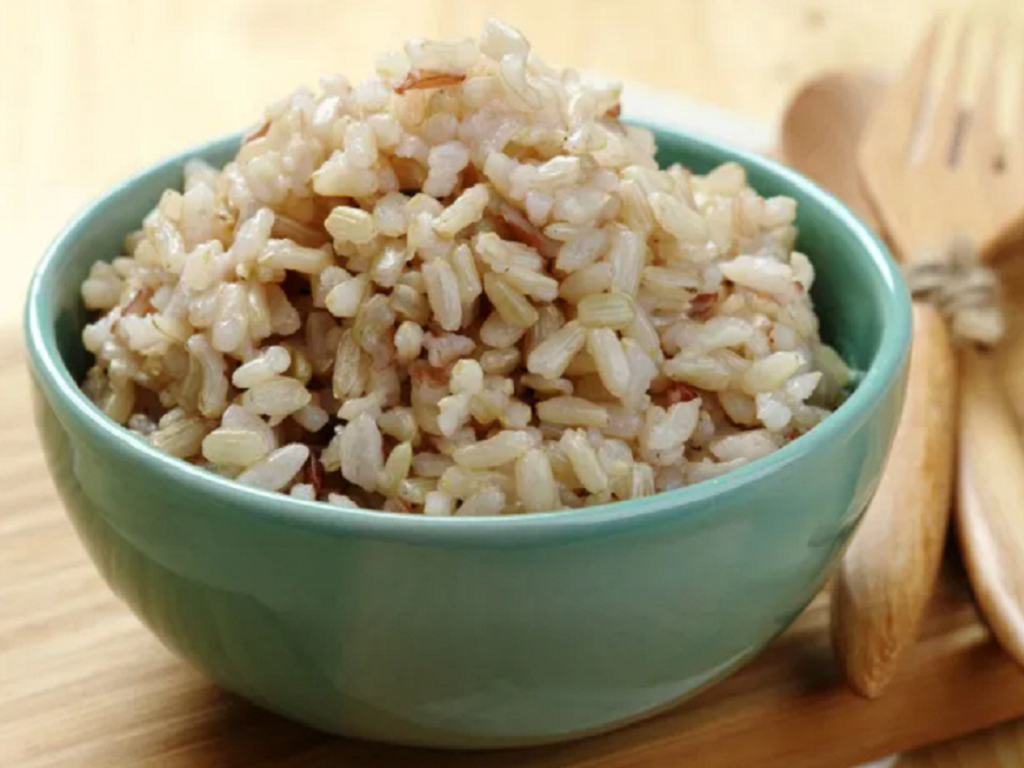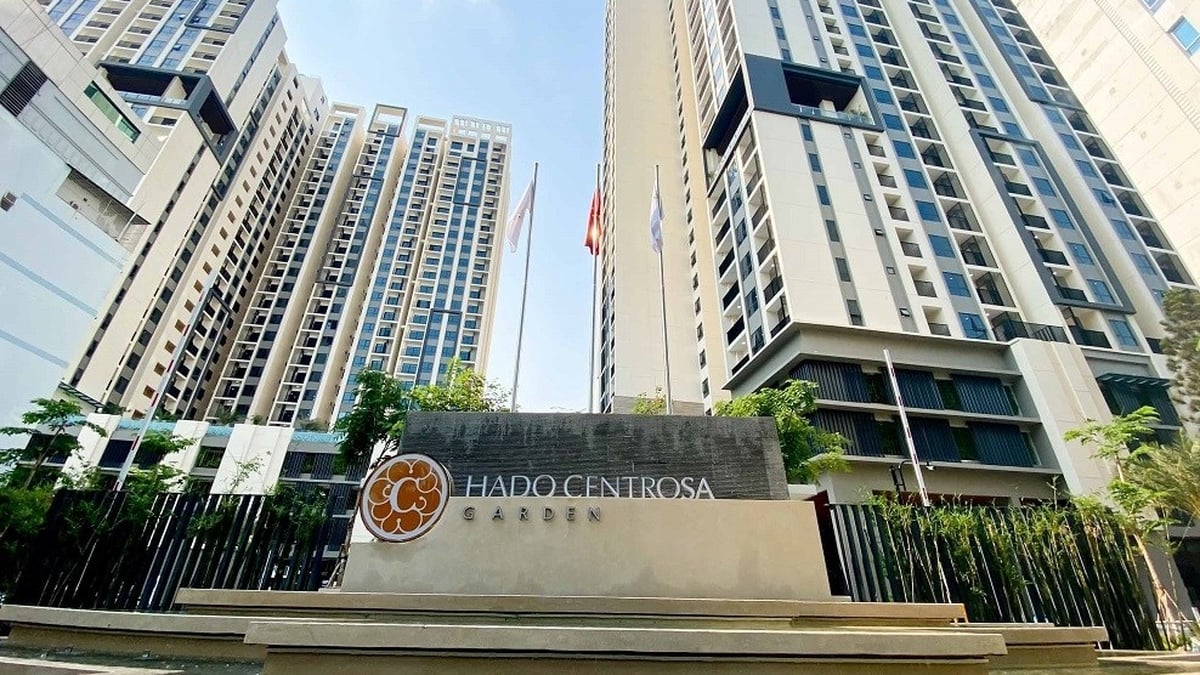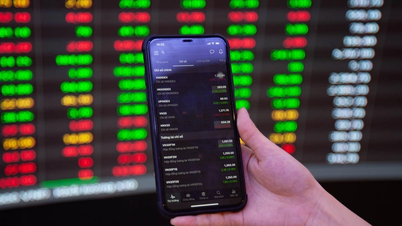People with diabetes should avoid rice because it has a high glycemic index. The glycemic index measures how quickly the starch in a food raises blood sugar levels, according to Eating Well (USA).

Brown rice not only helps improve digestion but also contributes to effective blood sugar control.
Foods with a high glycemic index, such as white rice, cause a rapid rise in blood sugar levels. This is especially harmful for people with diabetes, whose bodies have trouble regulating blood sugar. Instead, people with diabetes should eat other types of rice, such as brown rice, which have a low glycemic index.
Another reason why people with diabetes should limit white rice is its nutritional value. Although rice is a staple food in many countries and provides a good source of calories, it is not as rich in essential nutrients such as vitamins, minerals and fiber as brown rice.
This can be particularly problematic for people with diabetes, one of the effects of which is that the immune system is compromised and therefore requires more nutrients to maintain good health.

Check blood sugar
White rice can also contribute to weight gain, which is a significant concern for people with diabetes. White rice is high in starch, so eating too much of it can easily lead to weight gain. This can worsen diabetes symptoms and increase the risk of developing other health problems.
Instead of white rice, people with diabetes should focus on more nutrient-dense, low-glycemic foods like whole grains, fruits, vegetables, and lean protein.
Whole grains are especially beneficial for people with diabetes. Common whole grains include brown rice, black rice, quinoa, and oats. These are all foods rich in fiber and minerals, helping to improve digestion, control weight, and blood sugar if eaten in moderation, according to Eating Well.
Source link






















![[Photo] Discover the "wonder" under the sea of Gia Lai](https://vphoto.vietnam.vn/thumb/1200x675/vietnam/resource/IMAGE/2025/8/6/befd4a58bb1245419e86ebe353525f97)



![[Photo] Nghe An: Provincial Road 543D seriously eroded due to floods](https://vphoto.vietnam.vn/thumb/1200x675/vietnam/resource/IMAGE/2025/8/5/5759d3837c26428799f6d929fa274493)






































































Comment (0)